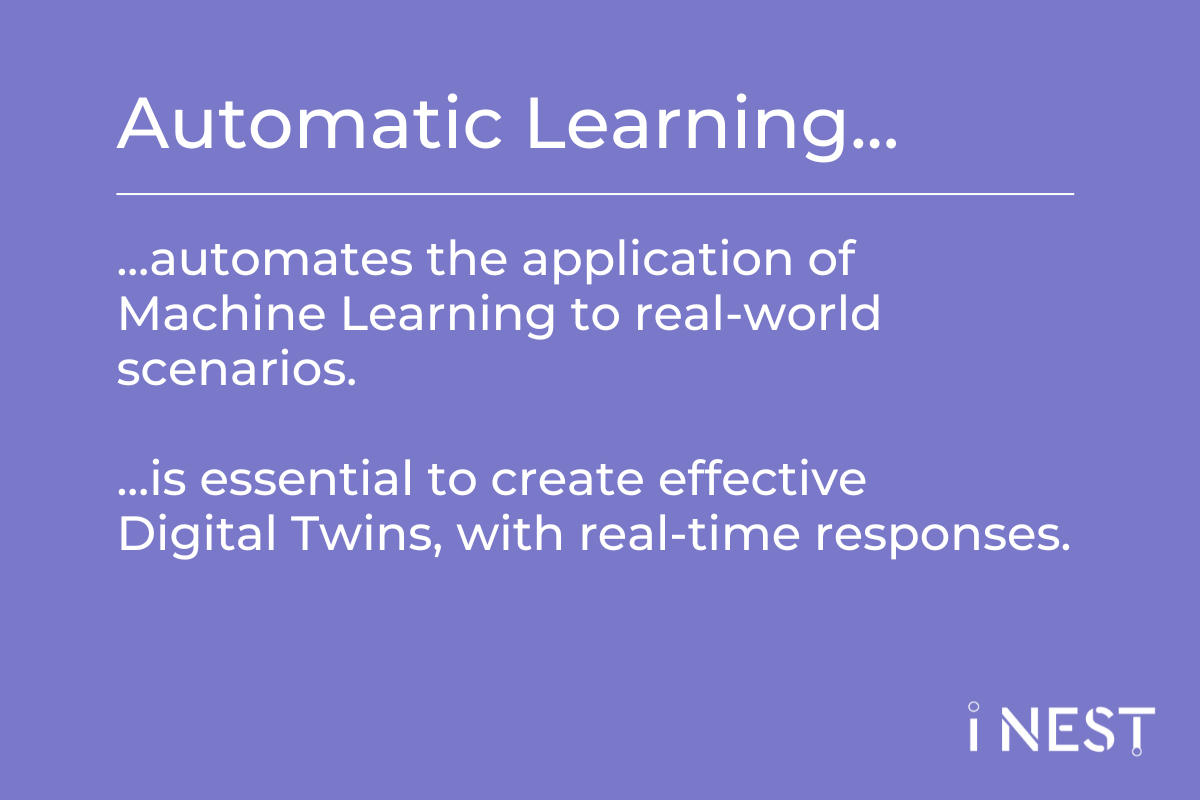Research Topic 3
Creating a Digital Twin requires a continuous exchange of data with the real system. To gather as much information as possible, scientists rely on artificial intelligence (AI) techniques, particularly machine learning (ML)—a subset of AI algorithms that enables computers to perform tasks without explicit programming instructions. This is the focus of Research Topic 3 (RT3).

Equipped with an ML algorithm, a machine becomes a sort of virtual apprentice, learning from data and experience, adapting its behavior, and mimicking human problem-solving abilities. Machine learning allows machines to recognize patterns, make predictions, and evolve the behavior of a system over time, paving the way for DTs that are not just static replicas but dynamic, adaptive tools capable of responding to real-time changes.
The critical need to optimize computational resources encourages the use of Deep Learning (DL)—a subset of ML algorithms composed of multiple layers of interconnected networks that progressively extract higher-level features from raw data. Deep Learning enables instant data processing and ensures real-time responsiveness in Digital Twin applications.
Coordination
Research Topic 3 is led by the University of Trieste. The International School for Advanced Studies (SISSA) is also involved in RT3.
